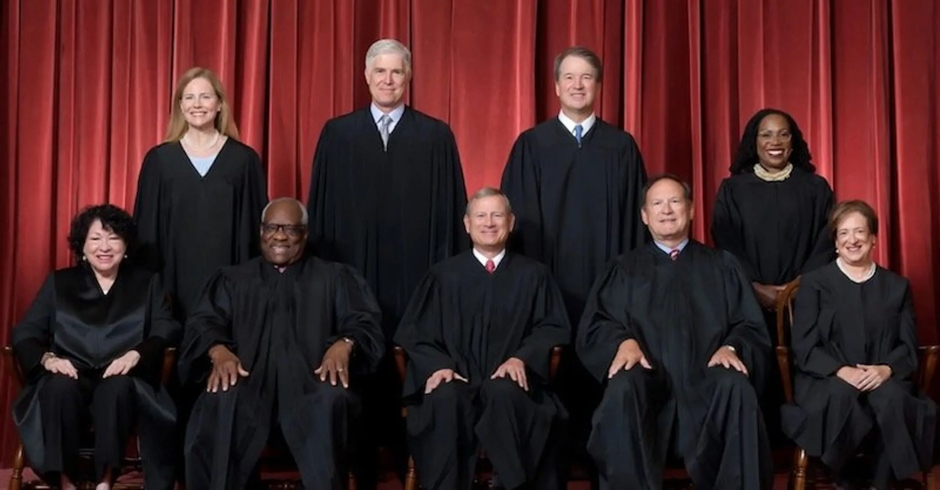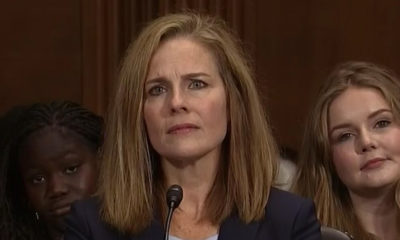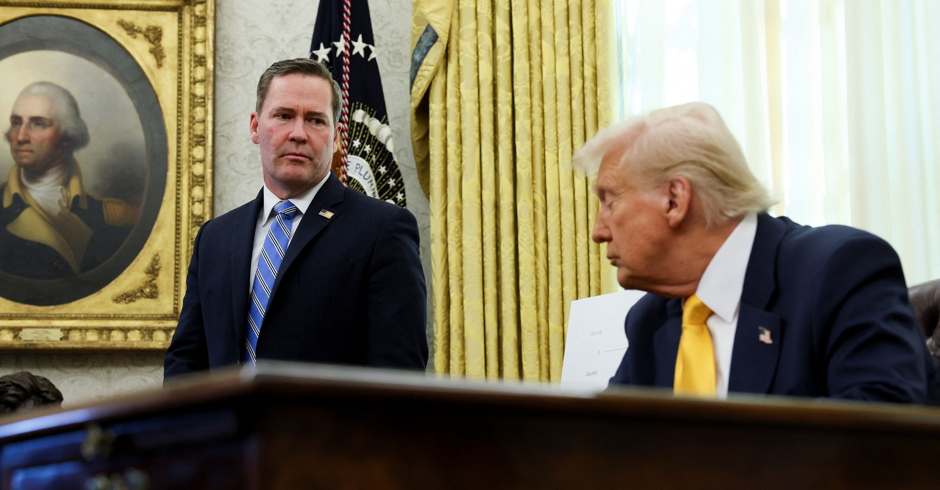News
Supreme Court Throws Out Perdue Bankruptcy Plan That Protects Sackler Family

Thursday morning, the Supreme Court nixed a proposed Perdue bankruptcy plan that would see the company’s owners, the Sackler family, protected from future opioid-related lawsuits if they returned $4.3 billion to the company.
Perdue Pharma is the manufacturer of OxyContin, a popular opioid painkiller that was misbranded by the company as a less addictive alternative to painkillers, according to the ruling. Controversy and “thousands of lawsuits” made the Sacklers fear the worst for their company and they began a “milking program,” pulling $11 billion, or three-quarters of the company’s assets, from Perdue.
This withdrawal led to Perdue filing for Chapter 11 bankruptcy in 2019. As part of the process, the Sacklers said they would return $4.3 billion to the company’s bankruptcy estate in exchange from being shielded from future opioid-related lawsuits against the family itself.
READ MORE: Justice Jackson Slams Supreme Court for ‘Dawdling’ in Leaked Abortion Ruling
In a 5-4 decision, penned by Justice Neil Gorsuch, this plan was rejected by the Court. Gorsuch cited polling of creditors and opioid victims who were largely against the Perdue bankruptcy plan.
“The Sacklers have not filed for bankruptcy and have not placed virtually all their assets on the table for distribution to creditors, yet they seek what essentially amounts to a discharge. They hope to win a judicial order releasing pending claims against them brought by opioid victims. They seek an injunction “permanently and forever” foreclosing similar suits in the future,” Gorsuch wrote.
The court’s ruling held that a bankruptcy plan couldn’t protect a non-debtor from future lawsuits without the consent from claimants against the bankrupt company.
The dissent had a bipartisan panel of justices; the conservative Brett Kavanaugh, who wrote the dissent, and Chief Justice John Roberts, who were joined by the liberal Sonia Sotomayor and Elena Kagan.
“Today’s decision is wrong on the law and devastating for more than 100,000 opioid victims and their families. The Court’s decision rewrites the text of the U. S. Bankruptcy Code and restricts the long-established authority of bankruptcy courts to fashion fair and equitable relief for mass-tort victims. As a result, opioid victims are now deprived of the substantial monetary recovery that they long fought for and finally secured after years of litigation,” Kavanaugh wrote.
The dissent also argued that the desire to nix the plan was a reflection of hostility towards the Sackler family, citing an article from the University of Chicago Law Review, “In Defense of Chapter 11 for Mass Torts,” which read “Nothing is more antithetical to the purpose of bankruptcy than destroying estate value to punish someone.”
“Opioid victims and other future victims of mass torts will suffer greatly in the wake of today’s unfortunate and destabilizing decision. Only Congress can fix the chaos that will now ensue,” Kavanaugh wrote.
Enjoy this piece?
… then let us make a small request. The New Civil Rights Movement depends on readers like you to meet our ongoing expenses and continue producing quality progressive journalism. Three Silicon Valley giants consume 70 percent of all online advertising dollars, so we need your help to continue doing what we do.
NCRM is independent. You won’t find mainstream media bias here. From unflinching coverage of religious extremism, to spotlighting efforts to roll back our rights, NCRM continues to speak truth to power. America needs independent voices like NCRM to be sure no one is forgotten.
Every reader contribution, whatever the amount, makes a tremendous difference. Help ensure NCRM remains independent long into the future. Support progressive journalism with a one-time contribution to NCRM, or click here to become a subscriber. Thank you. Click here to donate by check.
 |
































